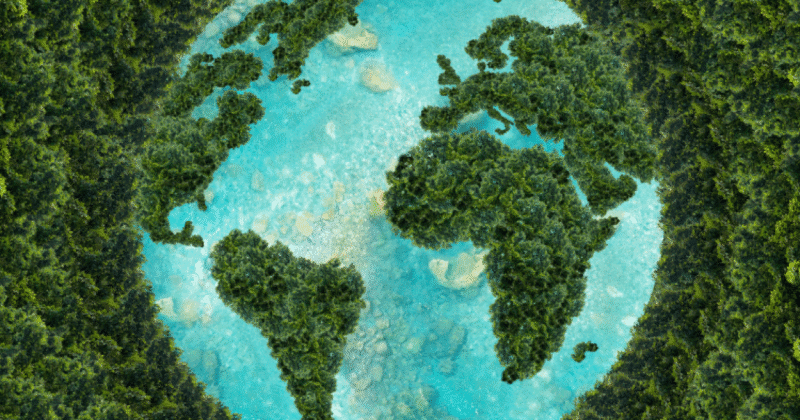The World Bank highlights in a recent report titled “Restarting Development: The Economy for a Livable Planet” a key idea: preserving nature is no longer solely an ecological emergency, but also represents a significant economic and social opportunity. Investing in ecosystems can generate growth, jobs, and greater resilience to crises.
The Costs of Inaction
Environmental degradation is already heavily impacting global economies. According to the institution, 90% of the population is suffering from the effects of pollution, water scarcity, and soil degradation. In low-income countries, eight out of ten people lack access to a healthy environment. The loss of forests disrupts rainfall patterns, depletes land, and exacerbates droughts, costing billions each year. If no action is taken, some African regions could lose up to 15% of their GDP by 2050.
Nature as a Driver of Growth
For the World Bank, restoring natural systems represents a considerable return on investment. Better management of fertilizers, for example, can yield benefits 25 times their cost. Transforming the agri-food system alone could create $4.3 trillion in value for an investment of $260 billion by 2030. These changes also lead to job creation in agriculture, construction, health, and services.
Sustainable Agriculture and Energy Transition
The report emphasizes the importance of investing in agroforestry and “climate-smart agriculture,” which can reduce emissions while improving yields and agricultural incomes. The World Bank commits to dedicating 45% of its annual financing to climate action, split between mitigation and adaptation.
Green energy represents another major source of jobs: in Africa, the transition could generate nearly 12 million net jobs by 2050. The “Mission 300” initiative, led in partnership with the African Development Bank, aims to provide electricity to 300 million people in Sub-Saharan Africa through decentralized renewable energy.
Circular Economy and Private Investment
The circular economy is presented as a structural pathway to address biodiversity loss, pollution, and climate change. It enhances competitiveness while creating jobs, especially for youth. The World Bank calls for a strengthened regulatory framework and increased private sector mobilization, supported by its financial instruments and guarantees.
A Call for International Cooperation
Finally, the institution stresses that the transition to a “livable planet” relies on ambitious policies, better allocation of public resources, and enhanced international cooperation. More than 70% of the International Development Association (IDA) funding will be allocated to Africa in 2025 to support the most vulnerable countries.
For the World Bank, the conclusion is clear: investing in nature is not a cost, but a strategy for prosperity. Solutions exist, they are accessible, and their benefits far exceed the expenditures involved.


